Brushing and flossing are the cornerstones of oral hygiene. However, in recent years, the water flosser has emerged as a powerful complement to this routine. So, what exactly is a water flosser, how is it used, and is it really effective?
What Is a Water Flosser?
Also known as an oral irrigator, a water flosser is a device that uses pressurized water to clean between the teeth and along the gumline. It is particularly effective at removing plaque, food debris, and bacteria from areas that are difficult to reach with a toothbrush.
Providing a more comfortable alternative to traditional dental floss, water flossers are especially useful for individuals with braces, dental implants, or bridges.
Is a Water Flosser a Substitute for Brushing?
No, a water flosser does not replace brushing. However, it supports your daily brushing and flossing routine by enhancing overall oral hygiene. It’s especially helpful for people wearing braces, those with porcelain crowns or bridges, individuals experiencing gum recession, or anyone with sensitive gums.
Benefits of Using a Water Flosser
Supports gum health:
The pressurized water stream helps remove bacteria along the gumline, reducing the risk of inflammation. With regular use, it may decrease gum bleeding and prevent gingivitis.
Eases interdental cleaning:
For those who find flossing difficult, a water flosser offers a more convenient solution. It effectively cleans narrow and hard-to-reach areas, making it ideal for patients undergoing orthodontic treatment.
Reduces bad breath:
By lowering the bacterial load in the mouth, a water flosser helps combat bad breath. You’ll notice a fresher mouth, especially in the mornings.
Delivers advanced oral hygiene:
Used alongside regular brushing, a water flosser takes your daily oral care to the next level. Its deep-cleaning action, especially around the gumline and back teeth, can help prevent cavities and gum disease in the long run.
How to Use a Water Flosser
Using a water flosser is quite simple. It’s recommended to use it after brushing your teeth. Gently position the nozzle at an angle toward the gumline, and move it slowly around the teeth and gums. A full mouth cleaning typically takes 1–2 minutes. For beginners, starting with a lower pressure setting is advised to help gums adapt.
What to Consider When Buying a Water Flosser
There are a few key features to look for. Adjustable water pressure settings are important for comfort and versatility. Models with multiple tip options are more suitable for family use. If you travel frequently, a portable and rechargeable water flosser is a practical choice.
Incorporating a water flosser into your daily oral hygiene routine is an effective way to support gum health and improve your overall dental care. Especially for those seeking a deeper clean, this device can be a powerful preventive tool against common oral health problems. Remember, oral health is an essential part of your overall well-being.

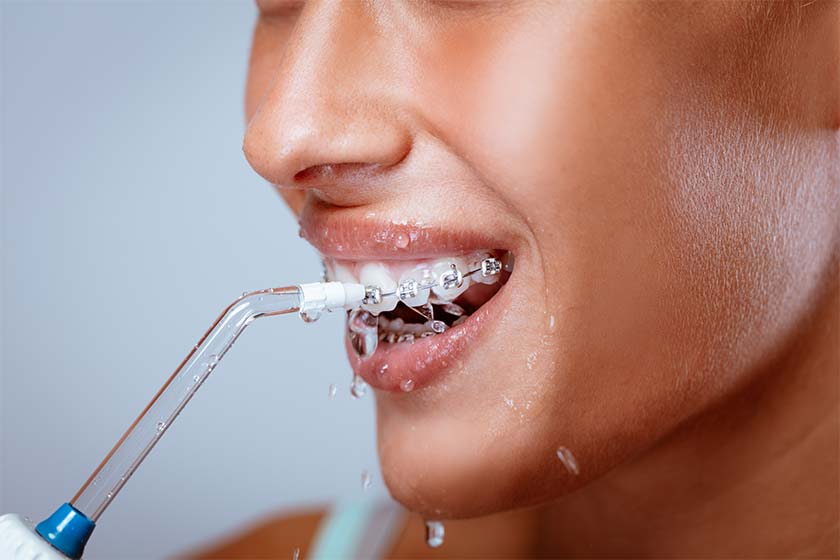
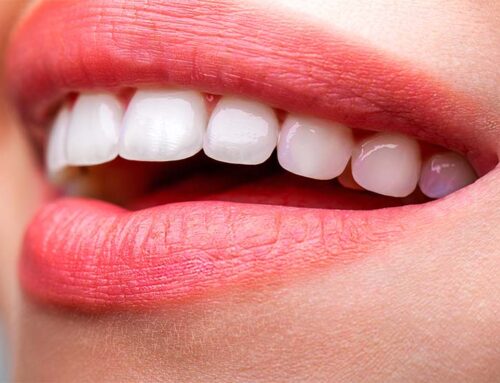
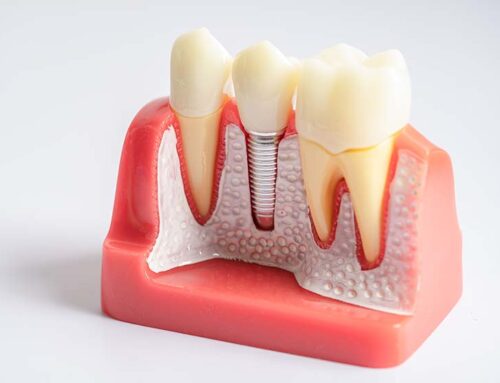
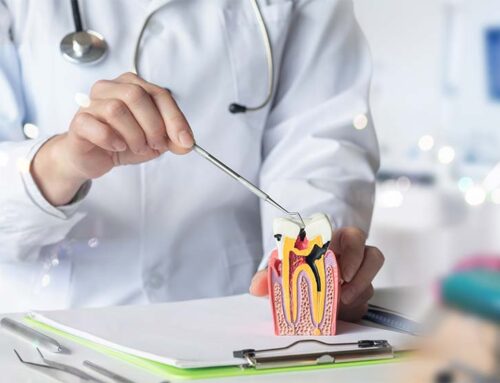
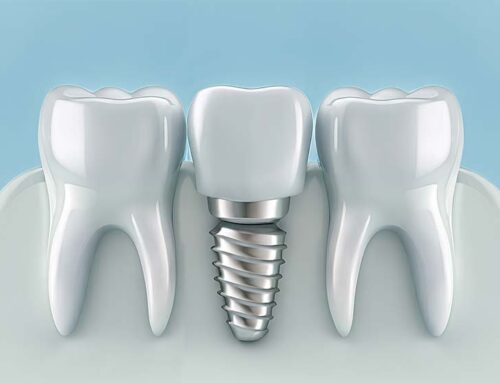
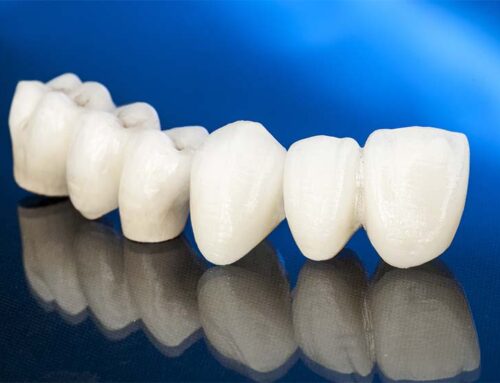
Leave A Comment